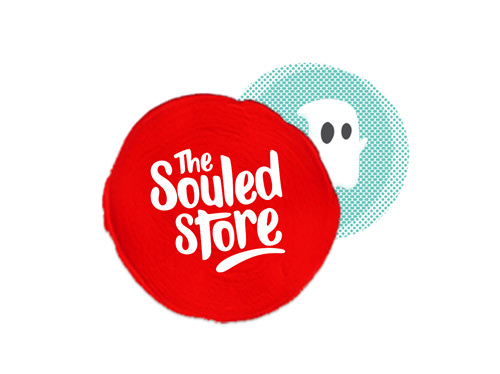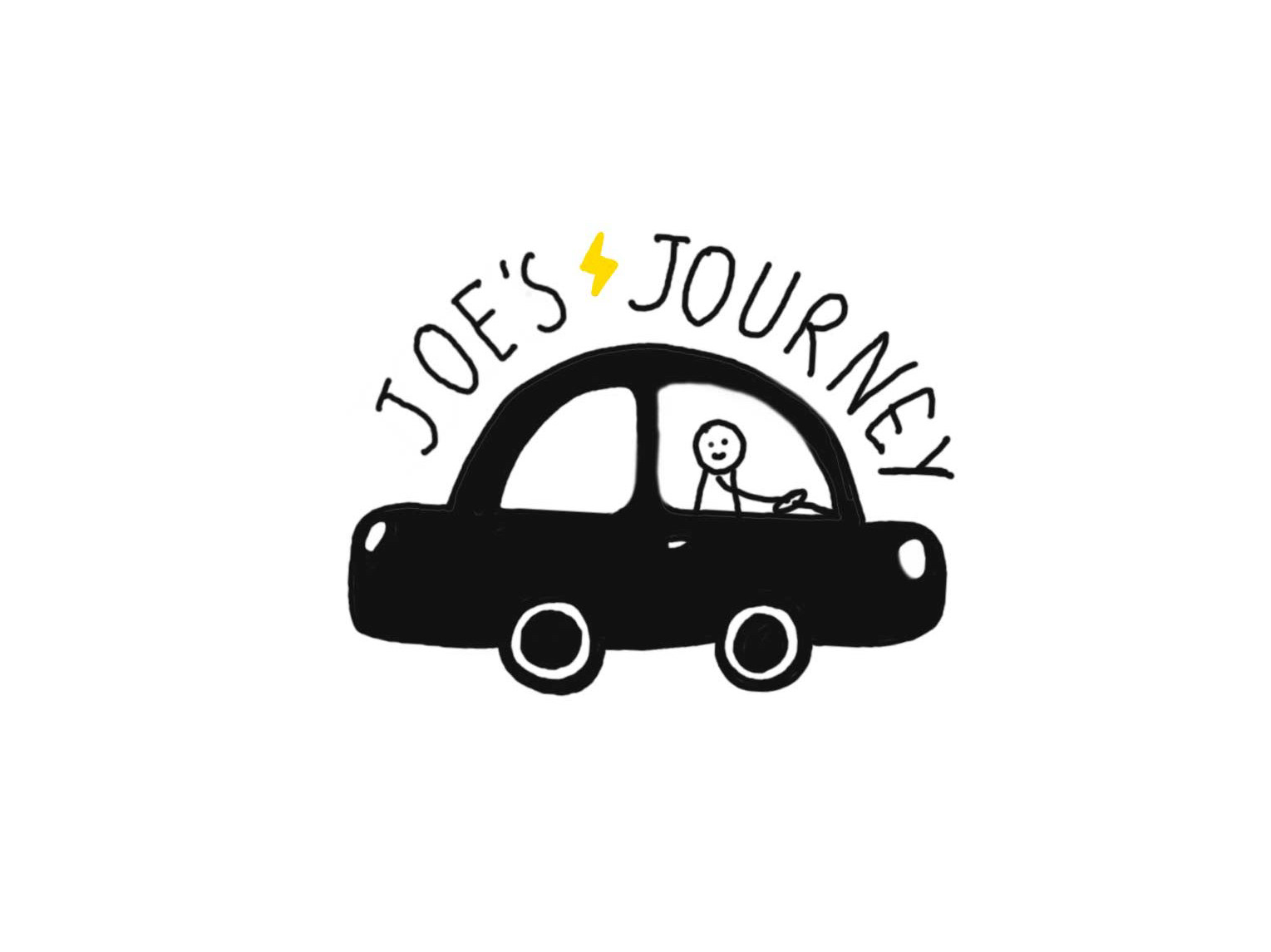Using Intrinsic Motivation to Encourage Recycling
WeCycle is a system of material collectors, that informs users how to recycle and encourages their participation through an intrinsically rewarding experience.
SUMMARY
CONTEXT
This story is about my Graduate Thesis for MFA Interaction Design 2019 at College for Creative Studies, Detroit. My subject of study was the single stream recycling system in Detroit. The objective was to find an opportunity for an interaction design intervention, that could be scaled, transferred, used to initiate conversation about the status quo or improve on the current system. The duration of the thesis project was 30 weeks.
This project won the MFA Thesis Select Award 2019 and was presented to the entire College for Creative Studies MFA cohort.
CHALLENGE
The challenge for this project was to influence human behavior to reduce contamination of recyclable waste.
User contamination of recyclable waste was one of the key issues in single stream recycling and caused loss of valuable material to landfills and incinerators. These methods of disposal critically damaged the environment and human life.
The key user issues that lead to contamination, were lack of awareness, education and motivation among users. The aim was to influence the behaviors of these users to affect contamination rates.
PROCESS
Secondary research was used to define the current system and project objectives, as well as measure the environment by benchmarking other solutions.
Primary research helped learn how the system worked internally, through people who ran it. It also revealed the effectiveness of the current system with context to the people who use it. This helped find the opportunities for interventions.
The learnings gained from research were synthesized to develop a hypothesis and brainstorm ideas. These went through a cyclical process of storyboarding, sketching, rapid prototyping and user testing to validate the concept.
ROLE
I lead the project under the guidance of Paul Pangaro Chair of MFA IxD and Matt Raupp Interim Chair of MFA IxD. The project was also critiqued and guided by a panel of advisors from the design community. Michael Evans was my programming mentor and helped me understand and develop the digital prototypes.
TOOLS
Optimal Workshop, UserTesting.com, Raspberry Pi, Node.js, Pi camera, Google Vision API, Firebase
***
THE JOURNEY
SECONDARY RESEARCH
•What was the current waste management system?
•How did it work?
•Where was an opportunity for a design intervention?
Through secondary research, I learnt about the impacts of various waste disposal methods, waste cycle of different materials and the role of organizations in recycling.
The goal was to narrow the focus to discover the opportunity for an intervention and direct primary research.
SOURCES


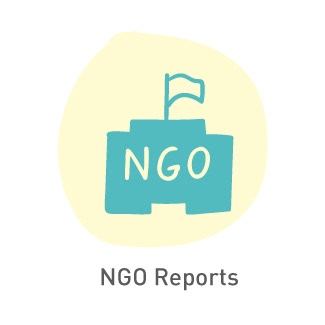

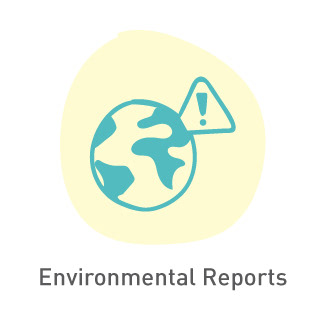

FINDINGS & SYNTHESIS
Through studying environmental and health reports I learnt of the condition of the recycling system in Detroit and other cities.
Only 4% of waste from Detroit was actually recycled, while 24% was landfilled and 72% of it was incinerated.
Landfilling and incineration are hazardous disposal methods that adversely impact human and environmental life. Toxins released from incineration are known to cause cancer, asthma, autoimmune diseases and long term lung disorders. Landfills release methane into the atmosphere that traps 30 times more heat than carbon dioxide, and pollutes ground water supplies by leaking toxins into the ground.
Furthermore, about 70% of recyclables collected by recycling facilities end up in incinerators and landfills due to contamination.
Recycling facilities must abide by material purity standards to be able to process and sell their recyclable waste for profit. But based on my interviews with them I learnt that, the waste they receive for recycling is mixed with non-recyclables and is often soiled. This contaminates the recyclable waste and results in landfilling or incineration of the entire batch.
About 80% of waste in landfills is recyclable material.
This raised questions about the inefficiency of the recycling system and invited my curiosity to learn more about the source of contamination. I learnt that ever since recycling facilities adopted the single stream recycling system, it made recycling easy for users. Single stream recycling requires users to dispose all their recyclable in one bin and employs machines at the facilities to sort through the materials for recycling.
But what was considered recyclable varied from facility to facility and did not follow any industry standard. Due to this, what went in the recycling bin was left to the interpretation of users.
Users end up contaminating recyclable waste with non-recyclables in the single stream recycling system.
I drew concept maps of the current system to visualize the issues and determine my point of intervention
(Below) Concept maps helped visualize the system with its different components and relationships.
INSIGHT
Reducing contamination of recyclable waste could help divert it from landfills and incinerators, reducing their harmful impact on environmental and human health.
This kickstarted my study into the human problem of contamination of recyclable waste. It was important to learn who currently participated in the system, why and how they did it.
KEY AUDIENCE



I focused on organizations that contributed large volumes of waste and could influence behavior of a large and concentrated population like colleges, corporate offices and businesses.
Recycling is an activity for people of all ages and backgrounds, but it was important to narrow my focus to mind the scope of the project. The key users for the project were students and professionals who recycled from a daily to few-times-a-week basis.
It was important to understand how the users played their roles in the system to help determine the key issues they faced while recycling that led to contamination.
PRIMARY RESEARCH
Two assumptions formed from secondary research were -
•recycling worked but people didn’t do it
•people were not aware of or didn’t care about the environment
Primary research was about testing these assumptions, by observing the users' participation in the system and the psychology behind their motivations. The goal was to determine the user issues that could be addressed with a design intervention.
METHODS

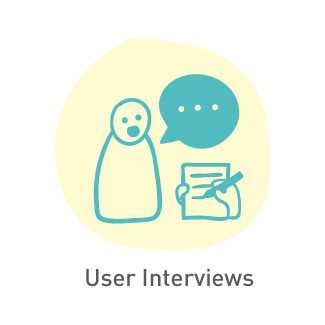



INTERVIEWS
College students, product designers, college facilities directors, artists, engineers, environmental activists, recycling facilities managers and NGO founders were interviewed in person to gather a pool of responses in search for the answers.
Below are some of the quotes pulled from the interviews.
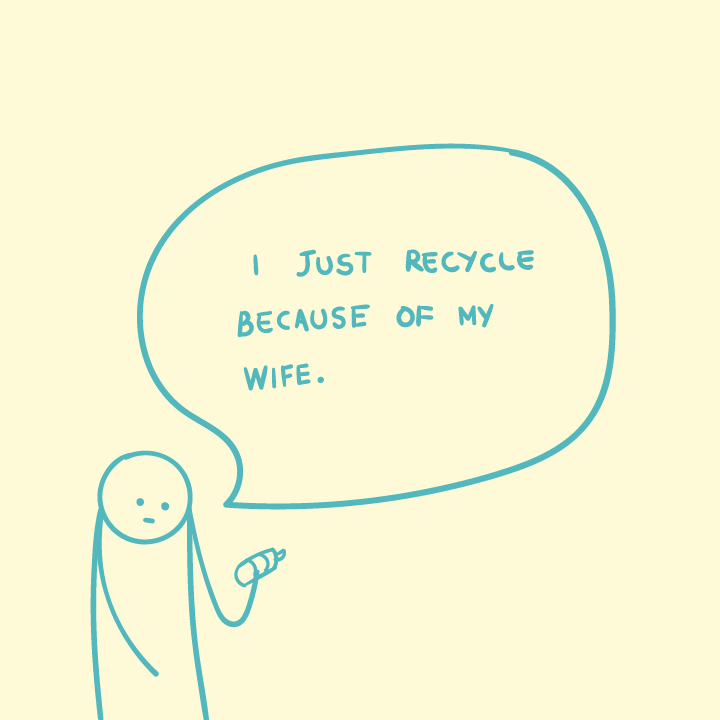


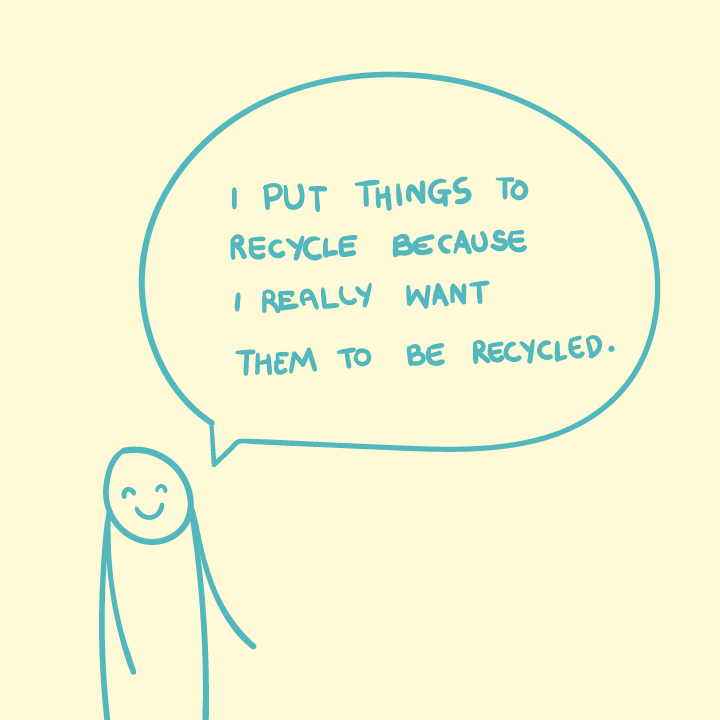
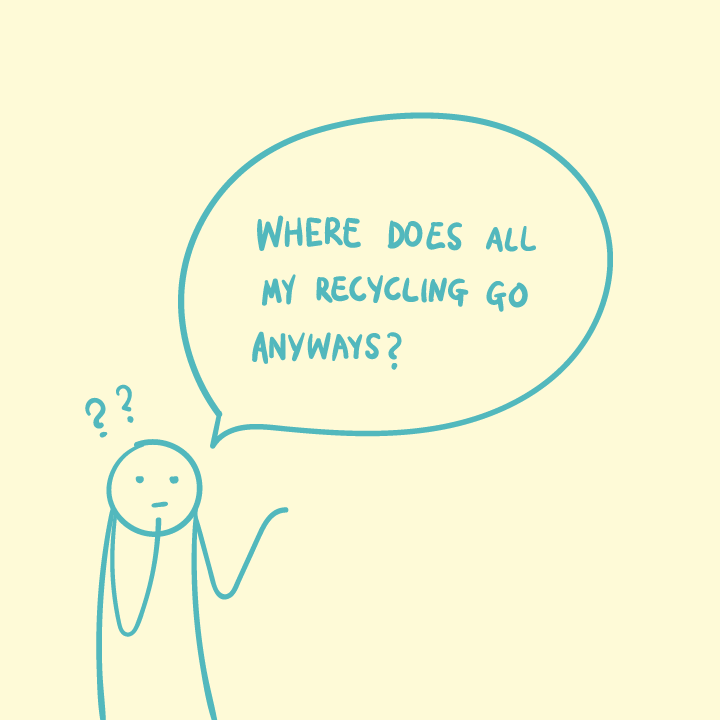
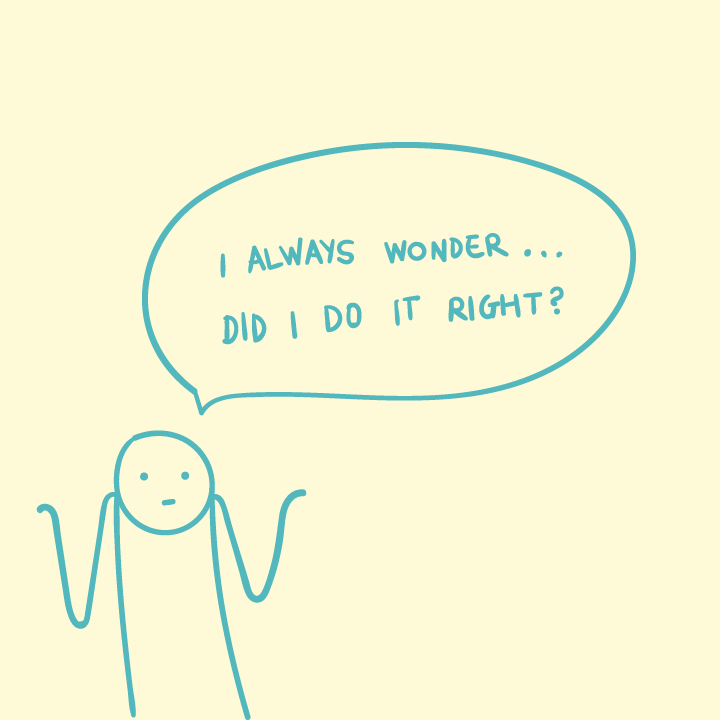
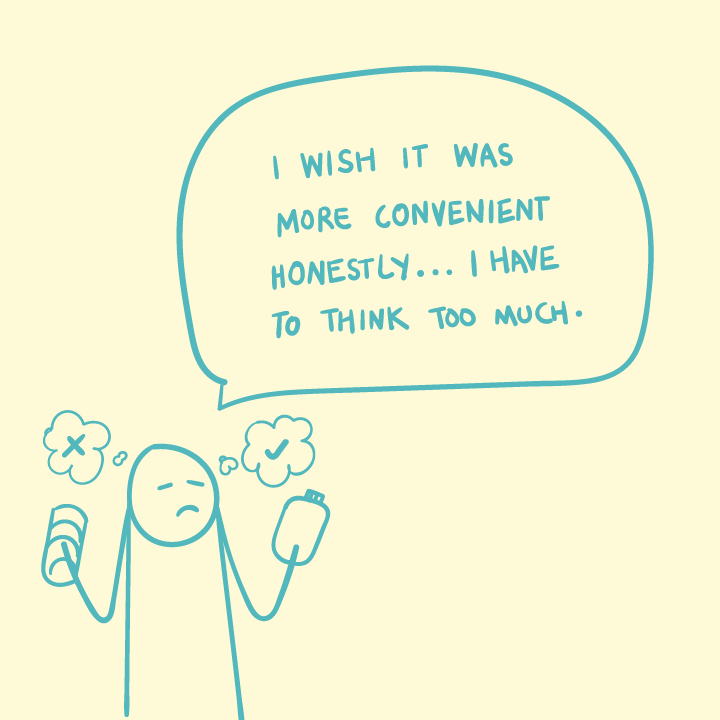

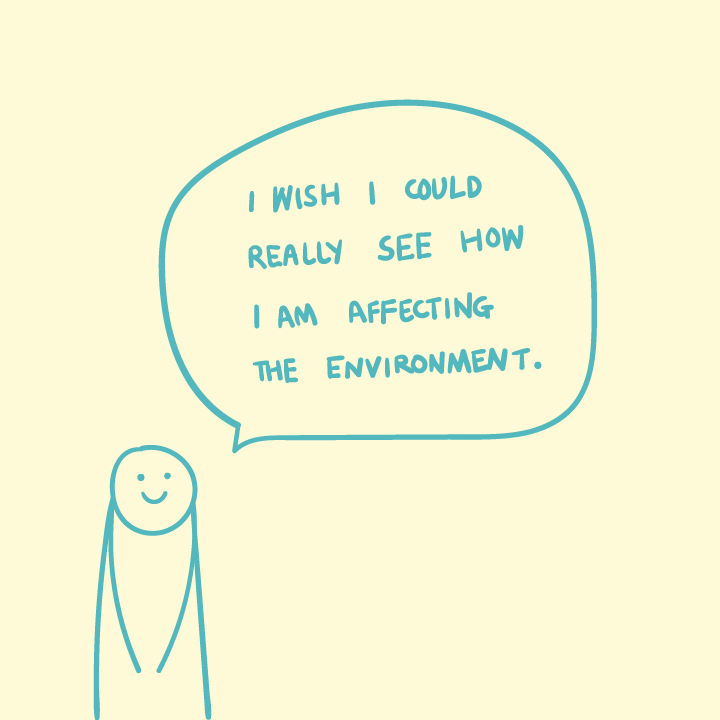


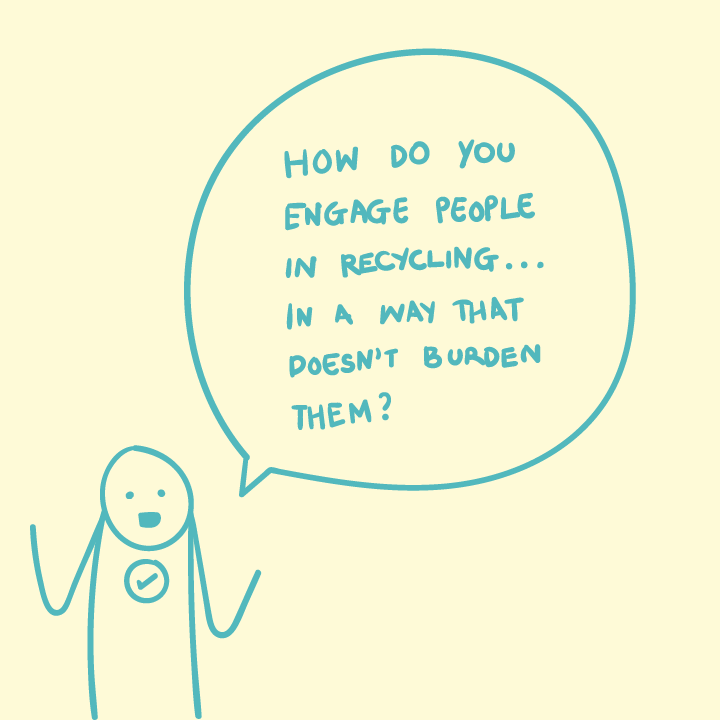

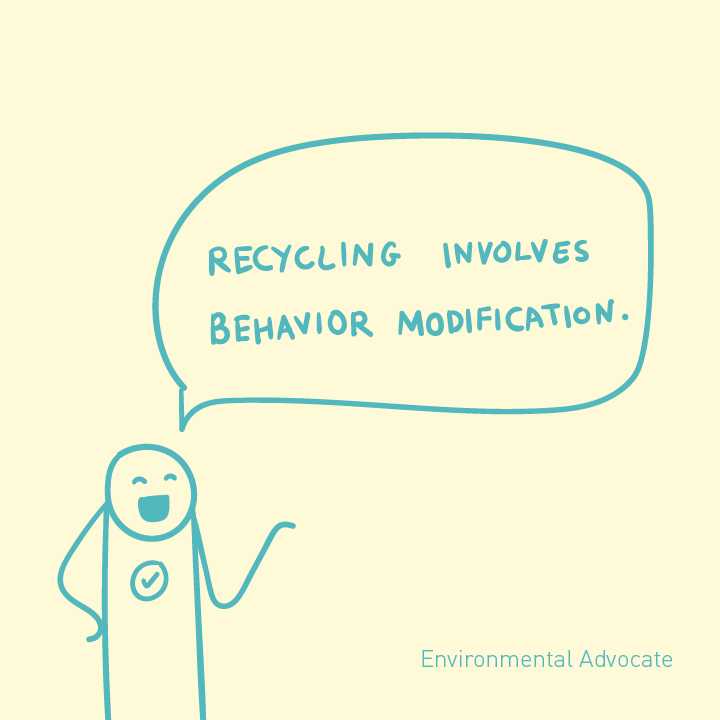
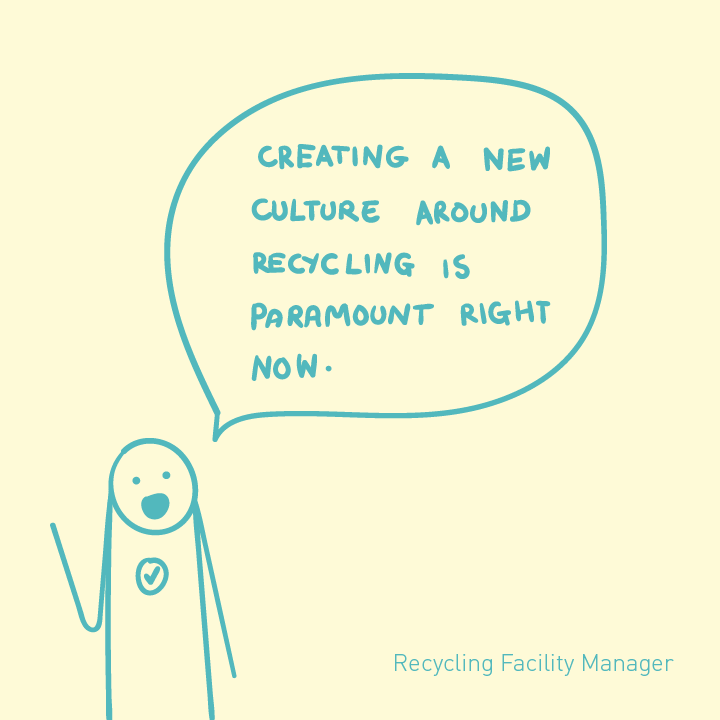
CARD SORT
A card sort with individuals who recycled from a daily to weekly basis revealed how the users actually sorted common waste materials. This helped compare what people thought they did to what they actually did.
Users were asked to either categorize 30 items of waste into 4 generic categories provided, or create categories of their own.
Below is an excerpt from the study with Optimal Workshop.
Users were able to classify some items correctly, but there was a lot of discrepancy in the sorting. None of the users were able to successfully sort all items which revealed inconsistency in the users' individual and collective knowledge of the system. This was the source of contamination.
KEY USER ISSUES
1. Imperfect knowledge about recycling
2. Lack of incentive for the efforts
3. Lack of motivation to continue participation
PSYCHOLOGY OF HUMAN MOTIVATION
Understanding how human motivation works became important after learning from users.
According to various studies conducted by psychologists and academic professionals, motivation was grouped into two types - intrinsic and extrinsic motivation.
Intrinsic motivation is behavior driven by an internal reward, like reading a book because one enjoys the content or eating healthy food because it tastes good.
Extrinsic motivation on the other hand is behavior driven by external rewards, like reading to score good grades or eating healthy for better long term health.
Competence, autonomy, and relatedness are three psychological needs that motivate the self to initiate behavior. These are universal, innate and psychological human needs.
- Self Determination Theory (Richard M Ryan & Edward El Deci)
When Intrinsic Motivation and Immediate Rewards Overlap - is a study by Kaitlin Wolley and Ayelet Fishbach (University of Chicago) which outlines how varied incentives may influence human motivation. One of the theories they tested was that intrinsic motivation paired with immediate rewards could help gain persistent participation from individuals.
There was an opportunity to improve the recycling experience with context to intrinsic motivation.
(Above) User Motivations
Seeing through the lenses of self determination and intrinsic motivation theories, I sketched out the user motivations. This helped set the ground for brainstorming ideas.
BENCHMARKING SOLUTIONS
I studied other systems and projects that succeeded in motivating a large number of people into accepting new behaviors. This helped me benchmark ideas that significantly influenced human behavior and understand the ingredients that made them work.
A scheme in Indonesia where you can exchange trash for health insurance. Source - The Guardian
Citi bike’s Bike Angels reward system that was successful in motivating 40,000 individuals in NYC to work together to improve the bike sharing experience using gamification.
The musical garbage truck in Taiwan that made the experience of disposing trash more enjoyable and social by using music and new behavioral cues.
TOMRA reverse vending machines that pay recyclers a fraction of the value of their waste for recycling.
Intrinsic and extrinsic immediate rewards were the most commonly used incentives in the examples observed. They helped develop new social norms around mundane activities and gained active user participation.
Advanced material sorting technologies enabled startups and engineers to classify waste using computer vision. This could open up the opportunity to provide feedback to the users, drastically improving the waste sorting experience.

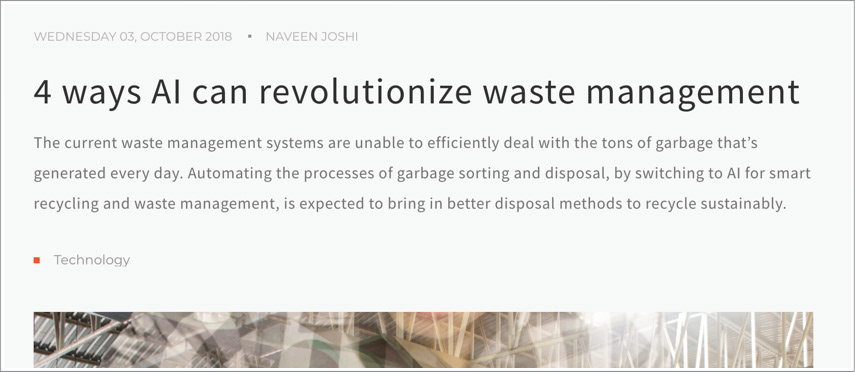
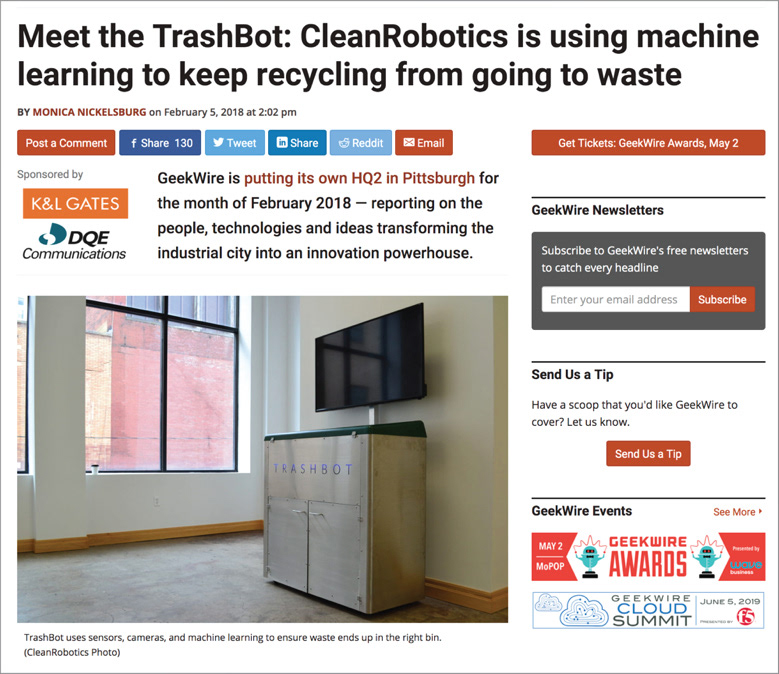
USABILITY TESTING
Recycle Bank was a website that rewarded points to people who recycled or learnt about recycling through their website. They could then be redeemed to purchase magazines and obtain discount coupons for varied restaurants. Usability testing of this website, helped gauge what could incentivize users to learn and apply recycling best practices. The test was done using UserTesting.com.
Although saving money and earning points attracted the users, the value of the points was irrelevant. They expressed delight and surprise when they learnt about recycling through their learning portals.
They discovered a gap in their recycling knowledge by taking a quiz in the learning portal. This evoked their curiosity to learn more.
HYPOTHESIS
How might we make recycling an intrinsically rewarding experience?
Users had the right intent but could be guided and rewarded to make their efforts effective. This could help users develop a different association with the activity and intrinsically motivate them to participate.
IDEATION
I used varied sketching and brainstorming techniques to test the hypothesis. Providing feedback to the user about their actions was key to suggesting a different behavioral pattern. Measuring user participation thus became an important function of the system, to give the user feedback on their actions.
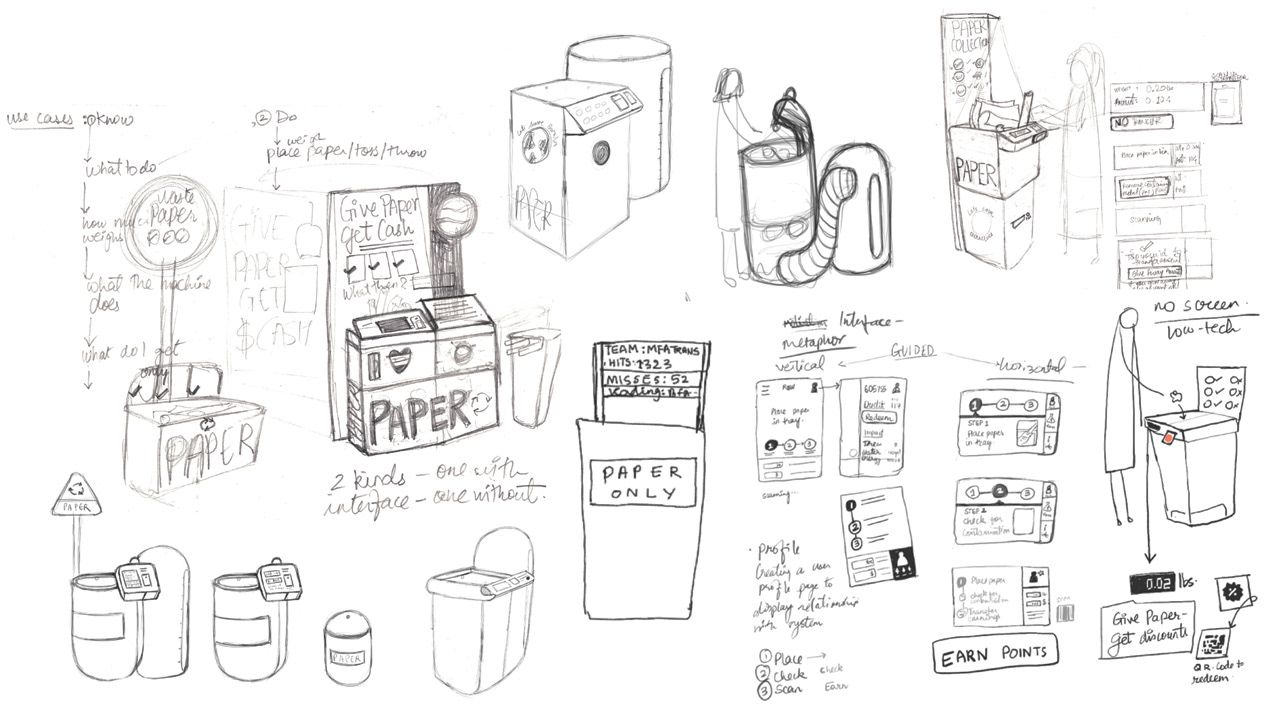







Different incentives were tested with users to determine the interaction that was intrinsically motivating for the users. Of all the options that were tested, delightful interactions, monetary rewards and peer participation turned out to be the most intrinsically motivating for users.
RAPID PROTOTYPING
Ideas validated from the sketching phase were built into prototypes and tested to determine, how the objectives of education and motivation would be achieved.
Digital Prototype
Technology was a vital tool to measure user participation. Learning what people threw in the bin would help inform the user whether they did it right or wrong. I developed a digital prototype to test if any available technology could be used to create such program at a low cost.
Using a Raspberry pi, Pi camera, LCD display, weighing sensor, Google Vision’s Image Recognition AI and Firebase, and under the guidance of Michael Evans, a program was written that could recognize various waste items. This included objects made from paper, plastic, glass and metal. A test run documented the material detection success rate, from varying distances between the object and the camera.


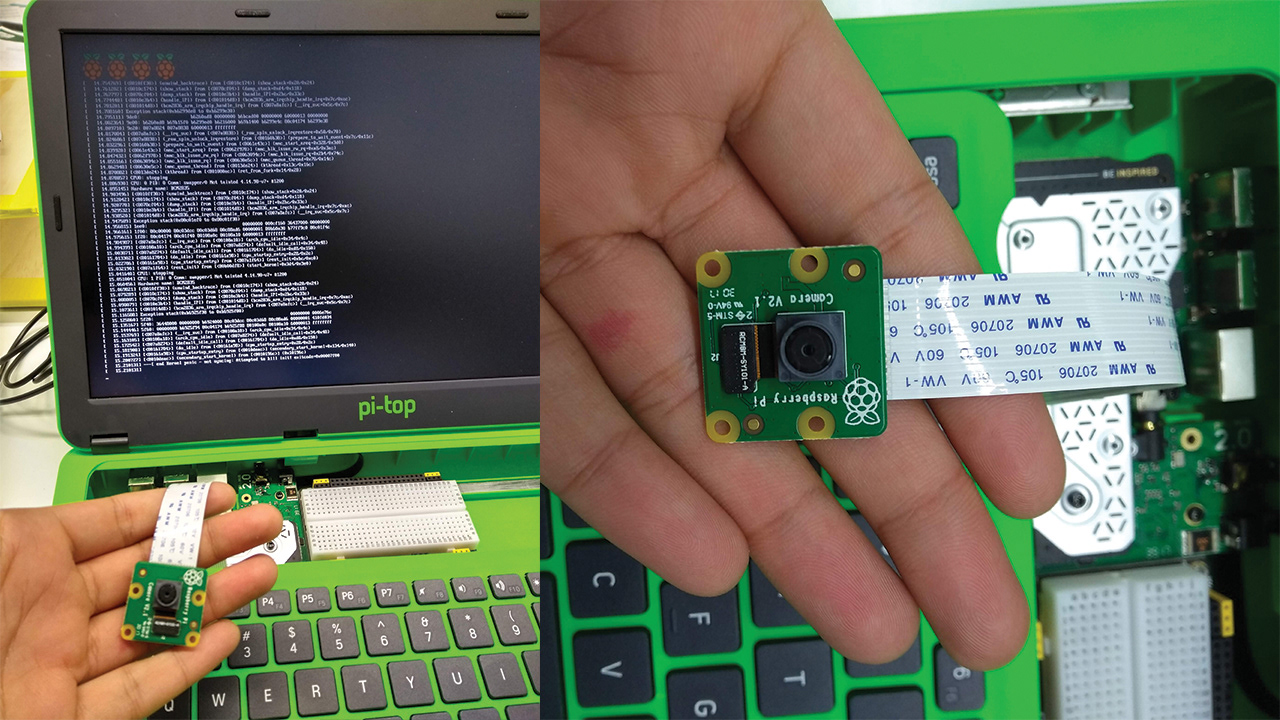
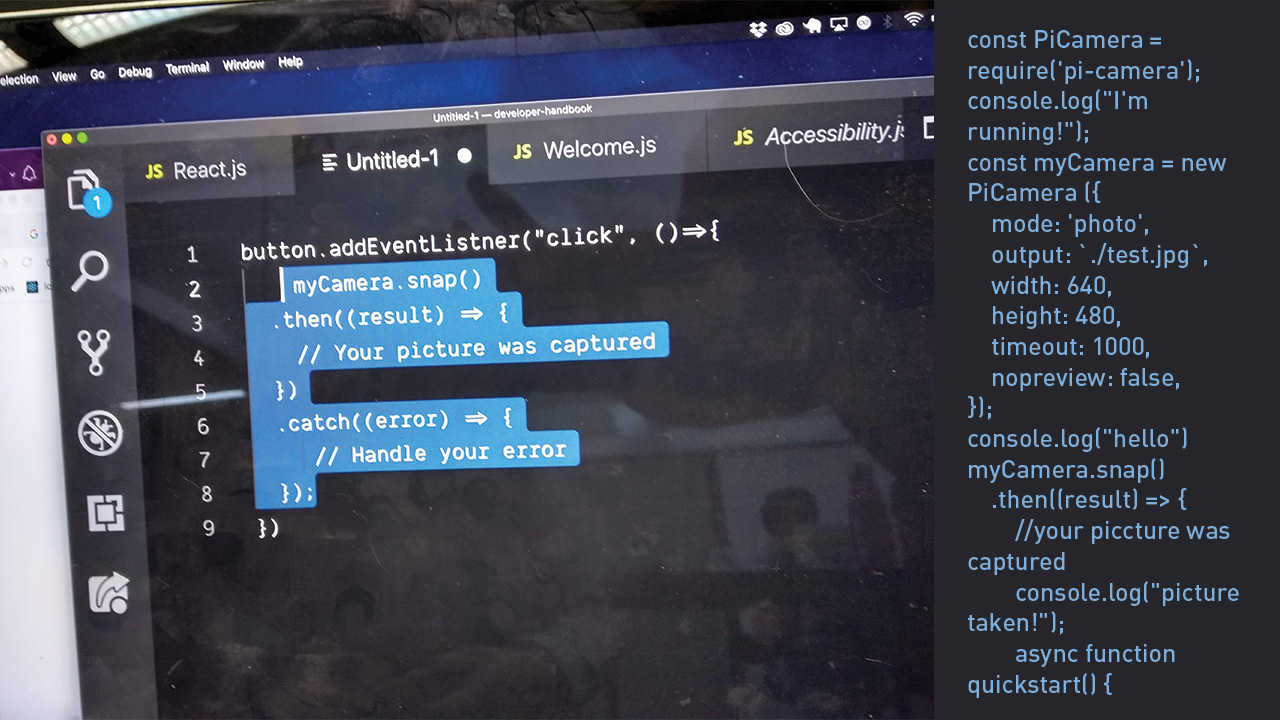




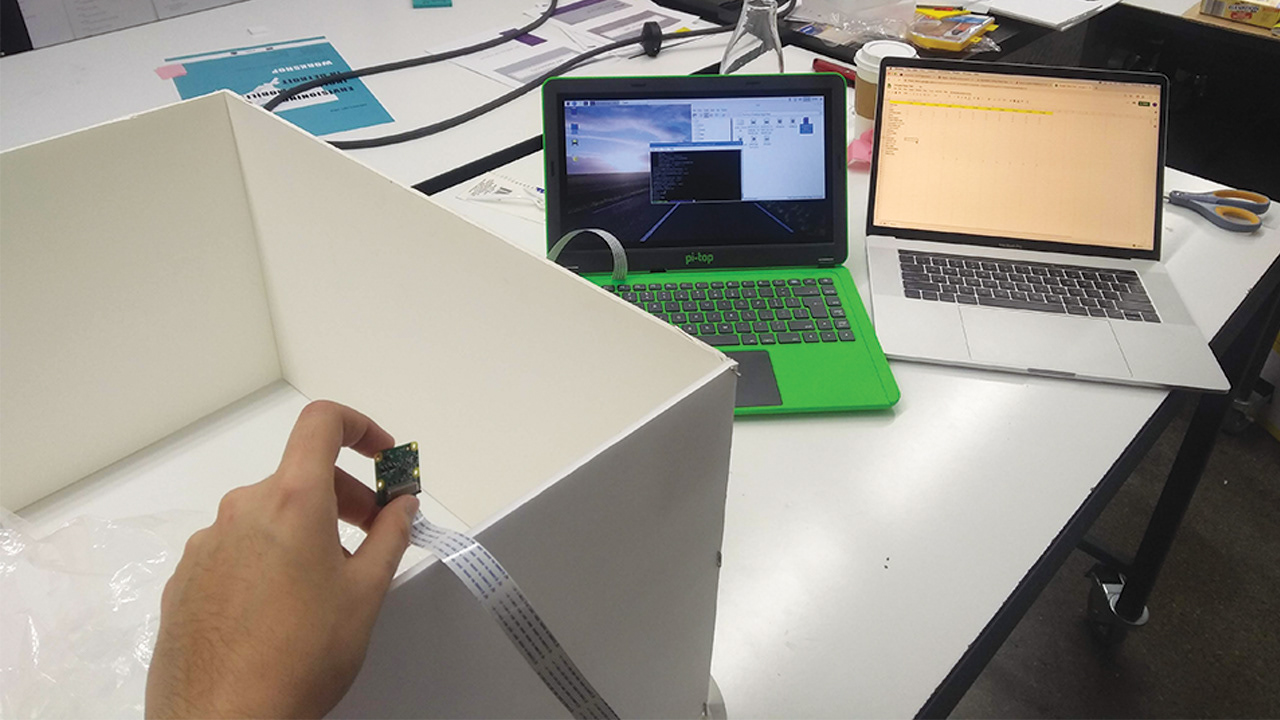
The program successfully returned material properties of majority items. However it couldn't recognize dark objects like coffee cup lids, or certain plastic items like used tape. Food packaging was unsuccessful, as the program was more inclined to pick up the textual content of the item than the material content.
This meant that although material detection was possible, the program would need to be trained on different types of waste materials to detect the variety of materials that get thrown in. But with the advancements in the machine learning and data training technologies, it was possible to develop this prototype to a fully functioning program.
(Below) Tensorflow's Coral Dev Board can make AI more accessible and easier to train. Source: coral.withgoogle.com
PHYSICAL PROTOTYPE
Creating Intrigue
The musical box sketch was about developing new behavioral cues. It was a paper recycling bin disguised as a musical box that one could play using a crank.
With a cardboard box, sheets of paper, bluetooth speaker and toy gears, a prototype was developed and tested to see if playful interactions could motivate user engagement. This was in efforts to find the intrinsic incentive that would help make recycling an enjoyable experience.
Users followed the instructions and as they started cranking the gears, music played from inside the box corresponding to the rhythm of their cranking. They were then asked to talk about what they expected, what they thought happened and how it made them feel.
The key revelation from this experiment was that though the interaction succeeded in intriguing users and bringing them delight, they found it hard to associate the activity with recycling.
Shredding and Learning
A prototype was built to test the idea of educating users about their waste. The box was meant to be a hand powered material shredder that displayed information about recycling of the materials on an LCD screen, corresponding to the turning of the crank. Shredded paper is processed waste and hence higher quality material. The scrolling screen caused by the user’s inputs was meant to test if users were intrigued to read the content and learn about the benefits of recycling.

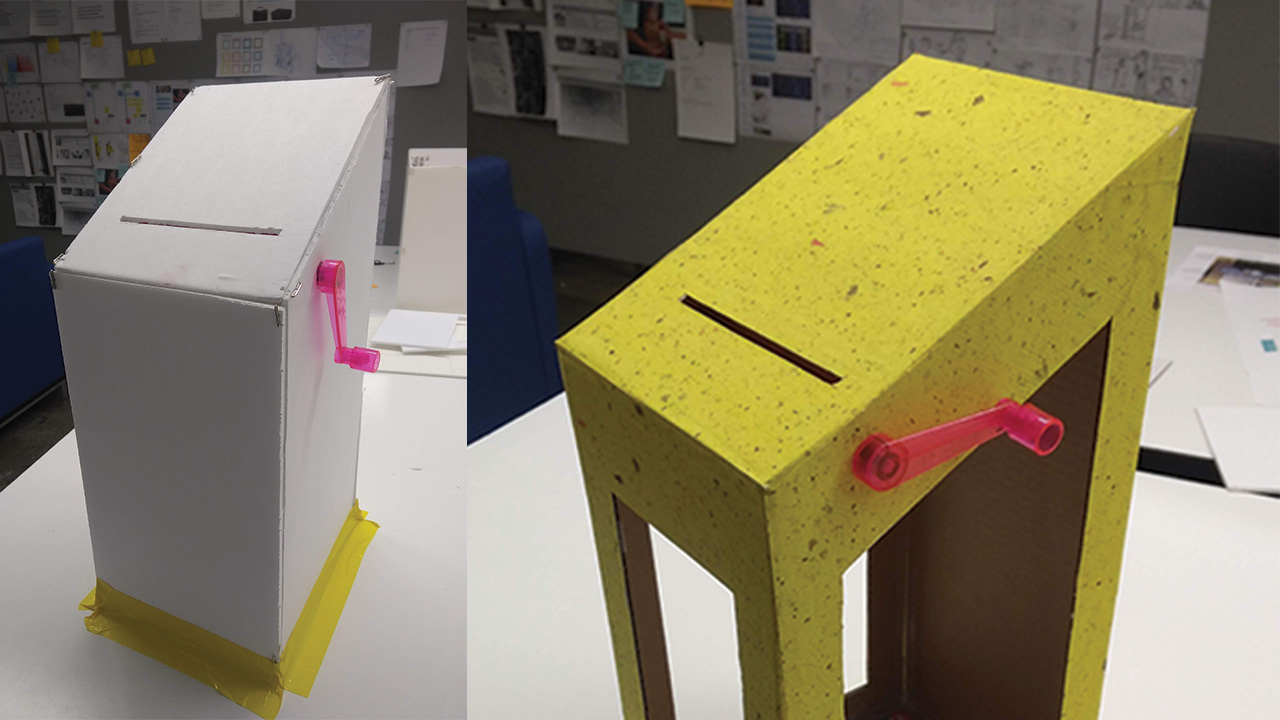
The test revealed that the physical process shredding the paper was extremely satisfying for the user and the tactile interaction of the crank made the box very inviting. But the reading of text was too time consuming and required a lot of attention. The users expressed they would have instead liked to see the information as images or video feed to be able to process it quicker.
This idea was improved by making the shredder play bird sounds each time paper was shred. Text on the box would reveal the significance of recycling for the natural habitat of birds and cue the user to learn more about the environment. These sounds and interactions could change according to the material being collected.
LEARNING FROM FEEDBACK
A smart bin prototype was developed to test the idea of using visual feedback to educate the user regarding their actions. This interaction included the user inserting waste in the bin and two lights and an LCD screen to give feedback to the user about their actions. The bin was constructed using foam core board and the light indicators and interface were emulated using colored paper.
Red light meant the material was not accepted and the user was cued to remove the item. Green light meant the material was acceptable and a note of thanks would display on the screen for participation. This was aimed to discourage users from throwing unacceptable items in the bin and through interactions over time, learn what these items were. Testing the interactions revealed that although users found the feedback useful, it didn’t succeed in incentivizing the activity for them.
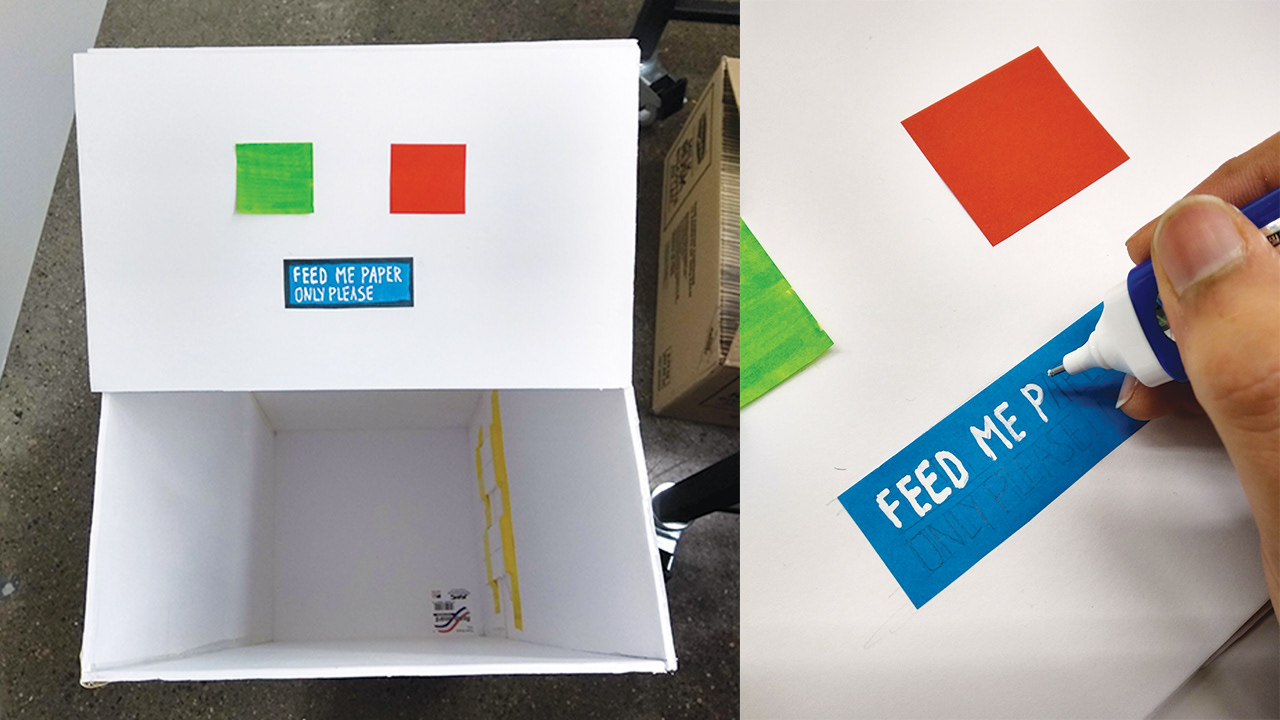

Using Self Determination and gamification theory a concept of a smart bin was conceived that could measure two aspects of the user’s participation - what they contributed and how much they contributed. This contribution could be used to award users with reward points that were calculated based on the carbon footprint of the waste material that was contributed and the monetary value of the volume of that waste.
The formula was developed using a free online carbon calculator and a weighing sensor. It allowed the solution to gain multiple data points regarding the users’ participation and feed the information back to them in a playful and non-obvious interaction.



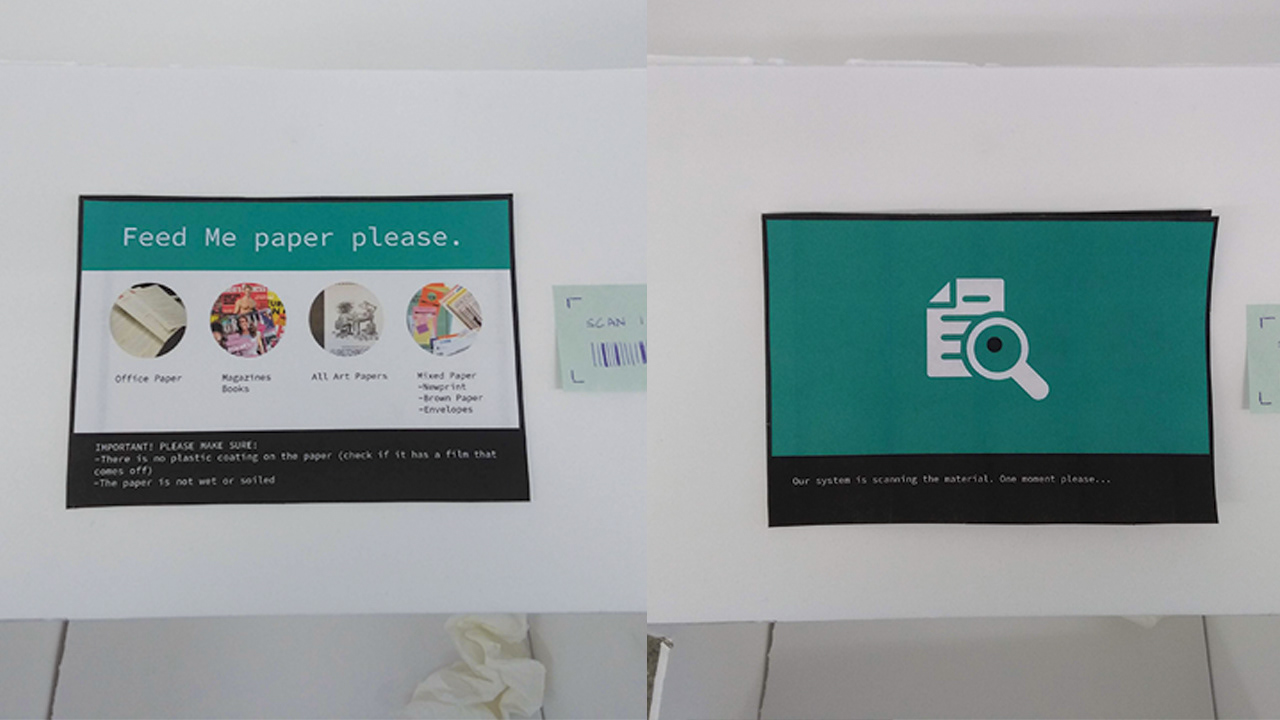
OUTCOME
A system of recyclable material collectors with varying levels of sensory intelligence to measure user participation, provide feedback on their actions and offer incentives for continued participation.
SMART COLLECTOR
Low presence and high rewards.
It detects material and provide feedback to users by rewarding corresponding points. It returns reward point values based on the weight and carbon footprint of the material that can be transferred and redeemed via Google Pay. These points would equate to a fraction of the value generated by the collected waste. The cost could be borne by the organization or the recycling company itself.



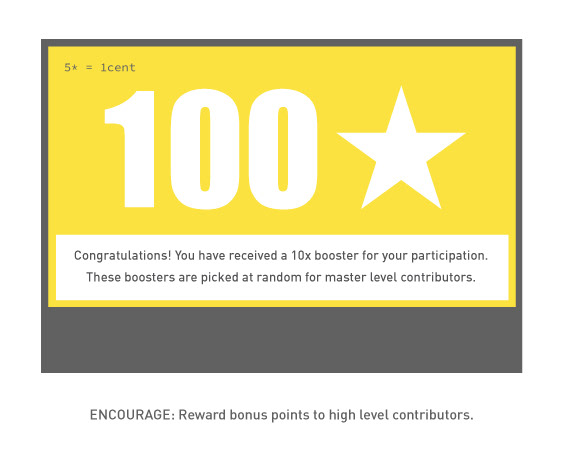
JOYFUL COLLECTOR
High communal presence and intrinsic rewards.
It allows users to manually or electronically shred materials and plays sounds of nature to convey the impact of recycling on the corresponding environment. It’s auditory presence can communicate that the system is being used even when the person is not within the proximity of the bin. This was aimed at developing a feeling of relatedness among people who use the collector.
The analog interactions of the Joyful collector could adapt to different cultural, material and organizational contexts. This opens up opportunities for collaborations with brands and corporate businesses.
MUTE COLLECTOR
High presence and low rewards.
This low-tech bin communicates information on how to use it and how much material it has saved from the incinerator and landfill with the help of users. This was to share the success metrics of the system in order to motivate user participation.
CONCEPT
Integrated - Accessibility
The varied levels of technology and physical presence allows the system to have different reaches to the audience thus increasing the amount of material that can be collected. It also helped offer varying degree of rewards to the participants. These collectors would be connected to a common network, to update the display of information based on varied inputs and changes in the system.
Gamified - Education
The reward points system was aimed to inform, reward, educate and encourage user participation. It was the component that closed the information loop of the interaction. The points denoted the impact of the actions of the user. This interaction can make the user aware of their actions and impact their decisions based on success or losses they have with the system. This was with the ambition of affecting future actions of the user based on the feedback that they received through the points.
Incentivized - Motivation
The system was designed to address multiple layers of motivation both intrinsic and extrinsic. This decision was made to allow the system some flexibility in appeal to the users. As recycling was something people of varied ages and motivations participated in, diversity in appeal rather would help avoid alienation of any possible audience.
The reward points were a result of overlaying immediate and intrinsic rewards of competence with extrinsic value of the points that could be used to purchase items of value.
The Joy collector was designed to provide intrinsic motivation of joy to the users using analog interface, physical and auditory interactions. The environmental sounds like those of birds were meant to evoke the feeling of relatedness. This way users could be aware of the system being used just by hearing the sounds, affirming the participation of their peers.
The mute collector was meant to inform the user of their collective efforts, inducing the feeling of relatedness - being in this together and validating their participation.
USER TESTING
Three different collectors were tested with multiple users over the rapid prototyping phase. These were later developed into detailed scenarios and prototypes that were tested with 5 students and 2 engineers. The series of tests revealed that the smart collector could have sound feedback to provide error and success status. Sensory interactions like the music, songbirds and physical cranking of the shredder resulted in a high level of delightful response.

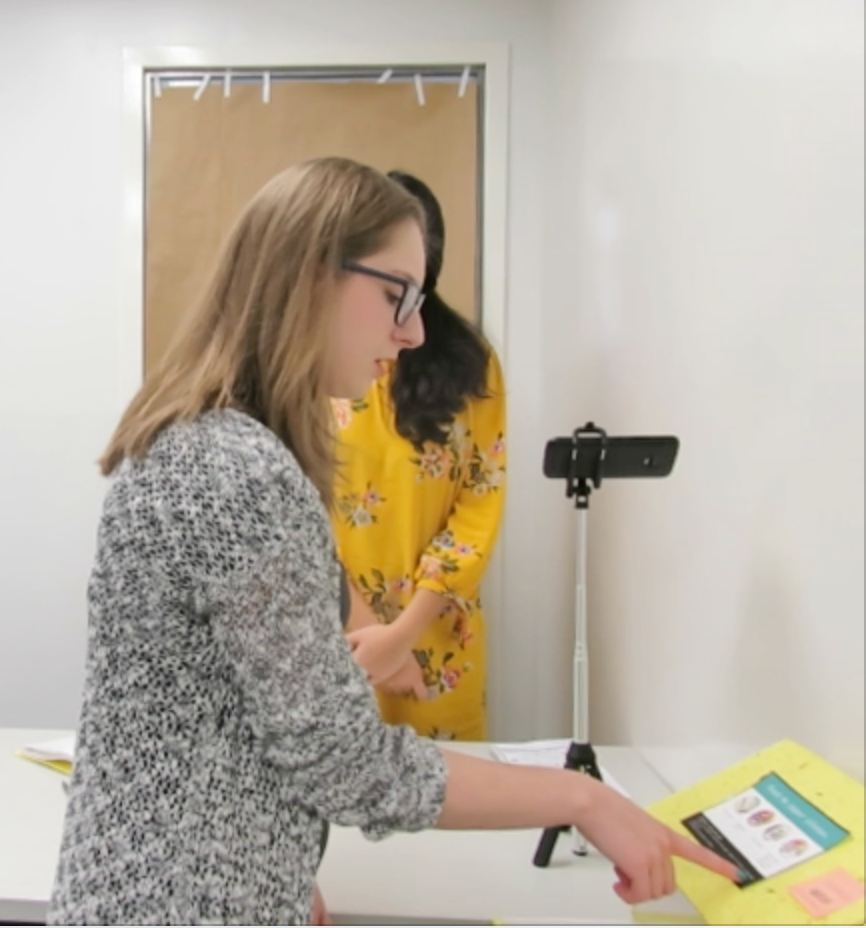

Users were surprised to learn that some items they usually recycle were not recyclable. They felt challenged and curious to know more. Gaining points made the activity mentally satisfying for them and helped them associate recycling with a rewarding activity.
Learning what the collective cohort contributed was motivating to the users and made them curious to learn about their personal contribution.
The reward points and the possibility of helping the environment were the most motivating incentives for the users.
The interface turned out to be effective in communicating the impact of user actions but lacked legibility in some key areas and could be designed for higher fidelity.
IMPACT
Large scale testing of a fully functional prototype can validate the possible impact that can be created using this idea. The prototype could take around six months to build, but the strategic planning could take up to two years.
The impact can be measured using the different participation data points like user scores, contamination rates and material collected.
SCALING THE IDEA
This system could be sold to corporate offices, organizations, markets and malls, were there are high levels of human activity, yielding a high volume of material.
The Joy collector could become a opportunity for collaboration with different organizations like Quicken Loans or Ford Motor Company.
Parallel to this would be the development of varied personal and home collectors that would provide individuals with the means to sort and separate their trash at home.
The future goal is to provide multiple means to individuals and organizations to dispose their waste intentionally, responsibly and with delight.
This is a small fraction in the large body of efforts by people towards a sustainable future and a circular economy. It is an improvement in the recycling system standing in support with other movements like Zero Waste, Reduce, Reuse and Upcycle. Such efforts allow new conversations to take place that are capable of making small changes in perceptions, which have much bigger impacts overtime.
***
Thank you for taking the time to read my story. I'd love to hear what you think about it. Please feel free to send me your comments, suggestions or relevant articles by clicking the button below.

